Heatstroke In Puppies: Symptoms, Treatment & Prevention
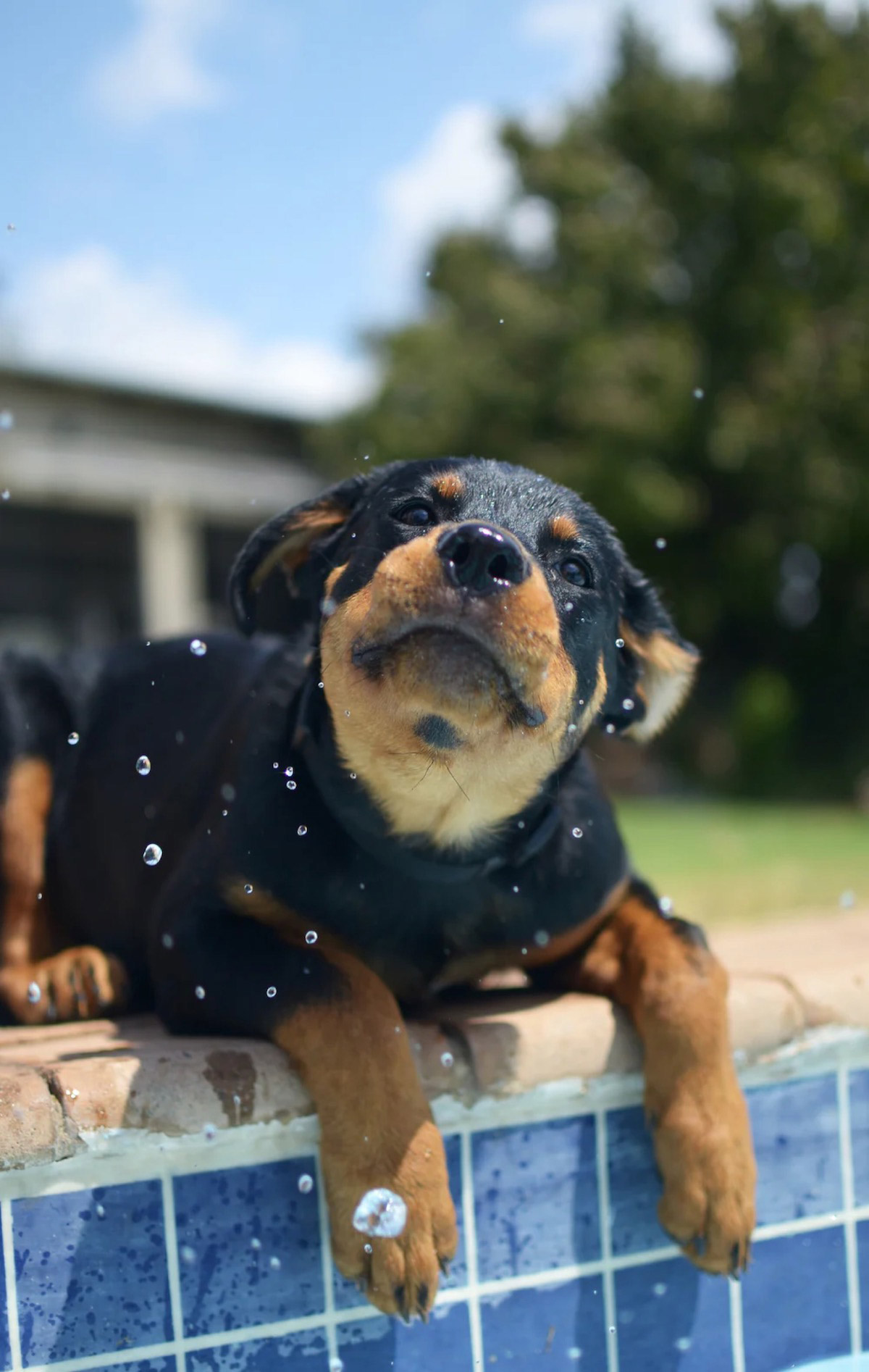
Source: Patrick Kool on Unsplash
If you happen to own a female dog, you are probably familiar with that warm and delightful feeling when they give birth to a litter of cute puppies. During the first few weeks, the maternal instincts of the mother are always active. They can be quite territorial, be very protective of the litter, always in nursing mode, and for all good reason — puppies are very delicate creatures, especially in their first few weeks.
But sometimes, mothers aren’t entirely able to shield their puppies from environmental factors such as heat. Due to a puppy’s inability to regulate their internal body temperature, their chances of getting a heatstroke is heightened when exposed to high temperatures.
Read on below to understand how a heatstroke occurs in puppies, the possible types of treatment available, and prevention methods for this condition.
What is Heatstroke?
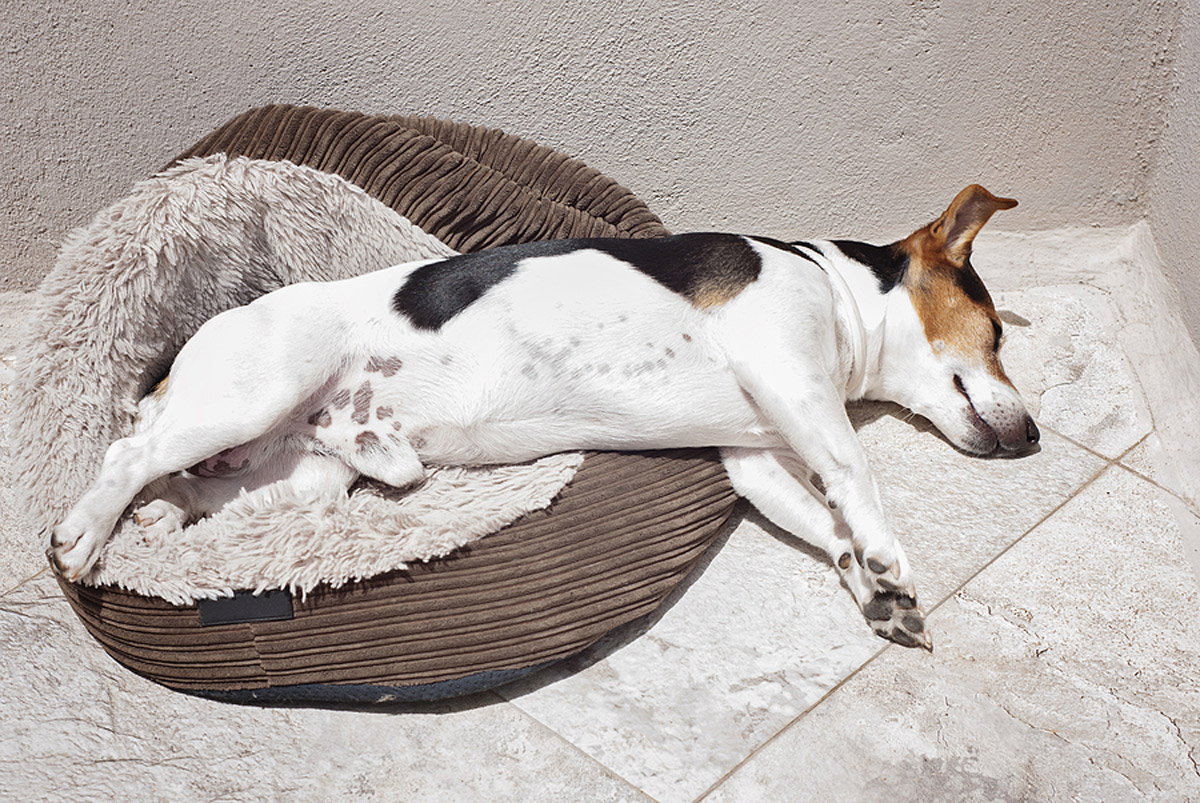
Heatstroke is a condition that happens when the body temperature rises to 40°C or higher due to strenuous physical activity in high temperatures. While this condition is fairly common in humans, not many know that this is possible in puppies as well. However, with this, the main challenge comes from identifying when it happens since dogs don’t communicate linguistically the way humans can.
How Can You Tell If Your Puppies are Suffering From a Heatstroke?
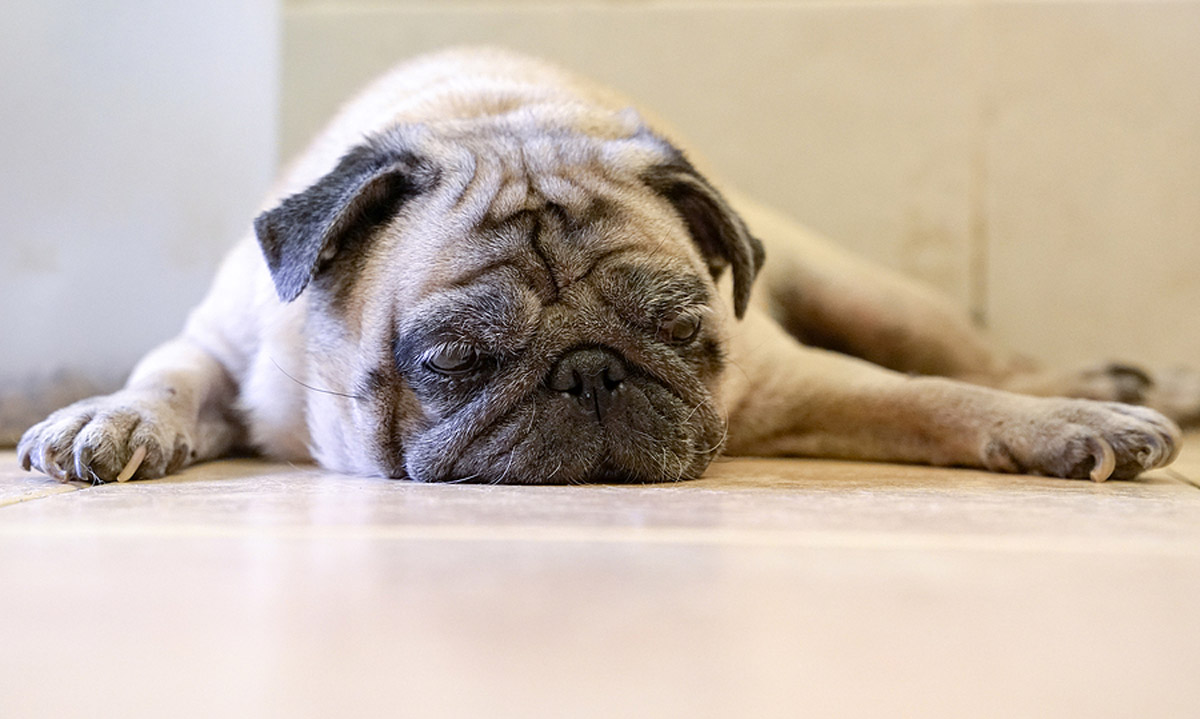
In the first two weeks, puppies are highly vulnerable to illnesses and environmental stresses because they’re unable to regulate their fluid and body temperature independently. Thus, they need constant care and attention to nurture this critical period.
When trying to identify heatstroke symptoms in your puppy, check on their breathing patterns — if they are panting excessively, this could be an indicator that your puppy’s body heat is either on the rise or already very high. If this persists, their body can get dehydrated which will worsen their physical state and consequently lead to heatstroke.
If you suspect your pet might be on the brink of heatstroke, it’s important to not panic and remain calm. Instead, we recommend owners first check the colour of their gums; if they are either pale or very red, this can indicate a potential heatstroke.
Other symptoms of heatstroke in puppies are excessive drooling or salivating, restlessness, vomiting or (bloody) diarrhoea, and a rapid heartbeat.
What Should You Do?
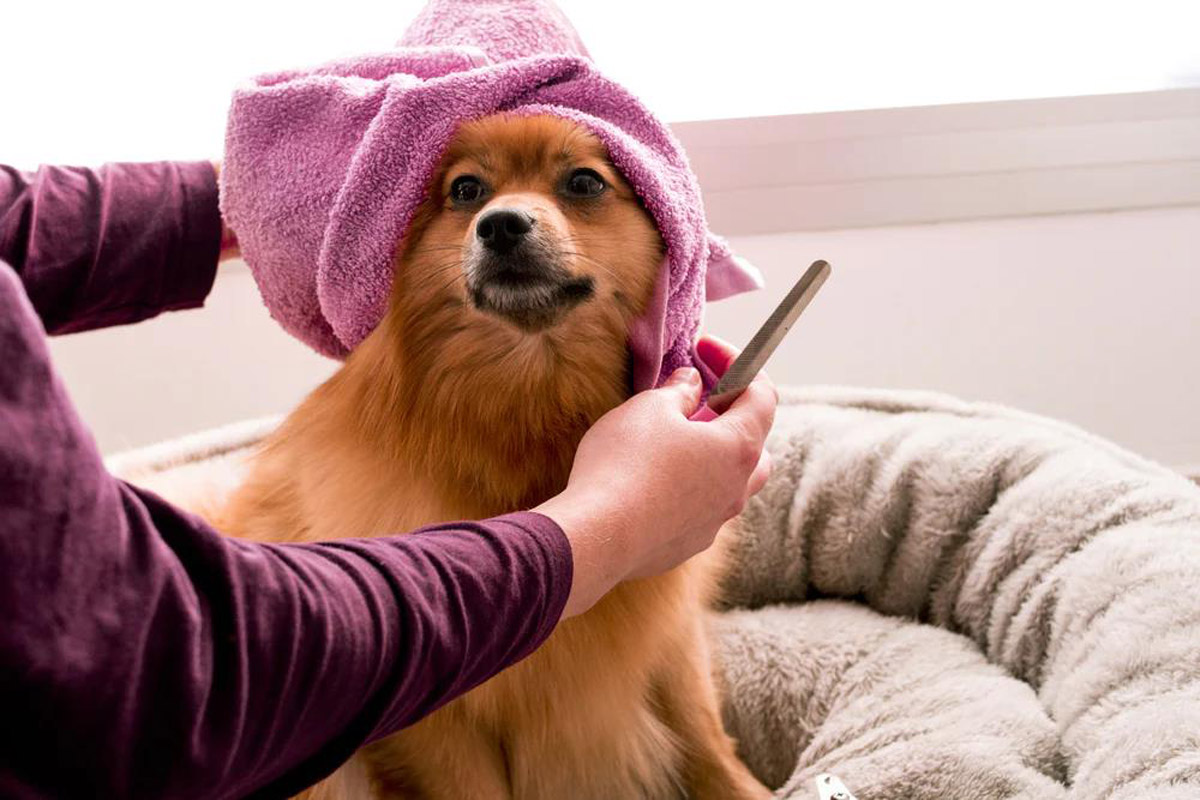
Source: Henar Langa on Unsplash
If the puppy’s condition is still on a controllable level, grab a towel and soak it in cool water. Place the towel on the puppy’s head and try to generate a cool breeze to blow on it. Also, give it as much cold water as possible to drink.
These mitigative steps can help to bring their body temperature back down to normal levels. However, if your puppy is exhibiting severe symptoms with no signs of improvement, it’s best that you get in touch with any one of the local vets in Singapore for immediate professional help or send it for emergency care.
How Can You Make Sure That Heatstroke Doesn’t Happen?
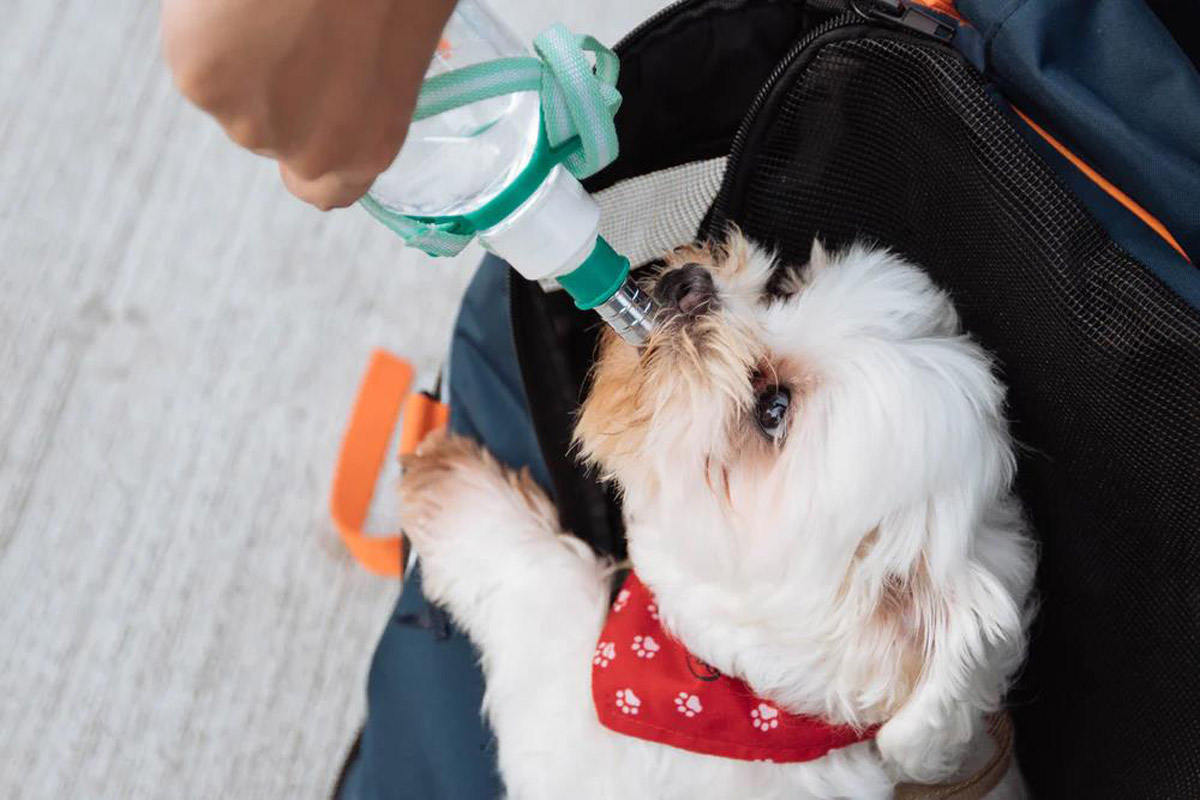
Source: Treddy Chen on Unsplash
If you want to shield your dog and its puppies from heatstroke, make sure that the room that they spend most of their time in is cool and well-ventilated. Also, make it a point to check if they constantly have enough fresh drinking water so that they can quickly cool off should they feel too warm.
At the same time, you have to ensure that you keep their water bottles spick and span. Replace their drinking stations once they’re worn out by searching for a new water bottle at an online pet store. Ensuring that their drinking water remains sanitary and hygienic is important to a puppy’s health. Regardless of whether you’re a fan of traditional water bowls, more unique drinking stations (or this), or even automatic food & water dispensers, the common factor is that they should always be high-quality, portable, and easy-to-maintain.
Conclusion

Source: Andrew Schultz on Unsplash
Heatstroke is a potentially fatal condition that dogs and puppies can suffer from if they are exposed to too much heat. As a result, it’s important to spot the signs, be informed of the possible treatments, and know the appropriate steps to prevent this condition altogether in the first place.
In doing so, you can rest assured that your beloved doggo’s health will be well-taken care of, especially all in their early puppy days.









